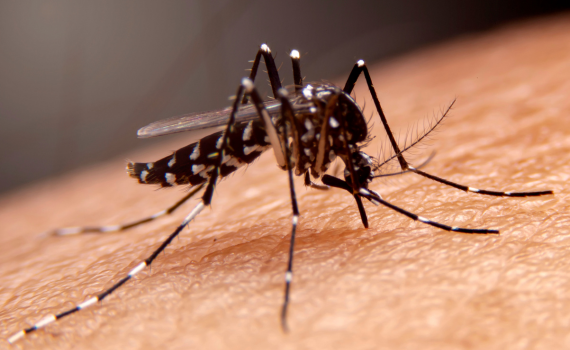Dengue Prevention and Control in the Philippines
Dengue fever, a mosquito-borne viral illness, remains a significant public health challenge in the Philippines. The disease, transmitted primarily by the Aedes aegypti mosquito, can lead to severe complications and even death, especially among children.
Preventive Measures: The Department of Health (DOH) has been actively promoting the “4S” strategy to combat dengue:
- Search and Destroy – Eliminate mosquito breeding sites by regularly emptying and cleaning water containers.
- Self-Protection – Use mosquito repellents, wear long-sleeved clothing, and install screens on windows and doors.
- Seek Early Consultation – Consult a healthcare provider immediately when experiencing symptoms like high fever, severe headache, pain behind the eyes, and joint and muscle pain.
- Say Yes to Fogging – Support fogging operations in areas with increased cases to kill adult mosquitoes.
Community Engagement: Local governments and communities play a crucial role in dengue prevention. Regular community clean-up drives, proper waste disposal, and public education campaigns are essential in reducing mosquito habitats.
Vaccination: The Philippines has also explored dengue vaccination as part of its prevention strategy, though it is recommended primarily for those with a history of dengue infection to avoid potential risks.
Efforts to control dengue in the Philippines require a multi-faceted approach involving government initiatives, community participation, and individual responsibility to ensure a sustained reduction in dengue cases.


A WordPress Commenter 2 years ago
Hi, this is a comment.
To get started with moderating, editing, and deleting comments, please visit the Comments screen in the dashboard.
Commenter avatars come from Gravatar.